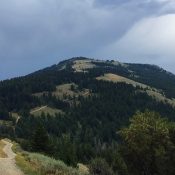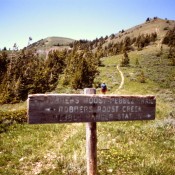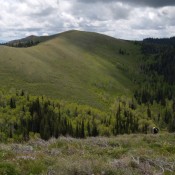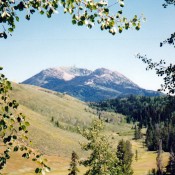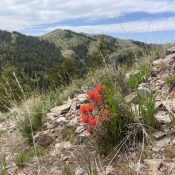
The Sublett Range extend from the Snake River Plain south almost to Snowville on the Idaho/Utah border. From the surrounding valleys, the range resembles a low grouping of rugged, dry hills. This range is much greener, more complicated and diverse than it appears from the valleys. The range is a meeting ground between the Great Basin and the Snake River … Continue reading
